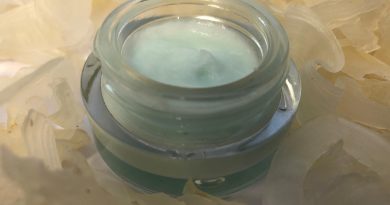The Tragacanth Gum history

Tragacanth Gum : Myths, Facts and Traditions
Better known as a philosopher than as a naturalist and botanist, the Greek Theophrastus (3rd century BC) already mentioned the presence of Tragacanth Gum in his writings. So as did Dioscorides (Greek physician of the 1st century). Then, three hundred years later, a Latin physician called Celse used it as a healing agent. Its name is derived from the Greek tragos (goat) and akantha (horn) which means “goat’s horn” due to the shape of its high-quality curly ribbons. The gum was harvested in Crete and the Peloponnese and was then used by Arab doctors who then « imported » it to the West in the Middle Ages. During the 13th century, French surgeons such as Guillaume de Salicet used it for external application. His colleague Guy de Chauliac (1298-1368) wrote “Arabic Gum and Tragacanth are cold and cuttlefish with some glutinousness” (quote from old French language).
Later, we find traces of its use in Asia and more specifically in China. Traditional Chinese medicine has used Tragacanth Gum for centuries in several areas. First, the doctors boiled the roots to extract a juice, which they added to the tea. According to them, this helped to strengthen the ch’i, « the energy of the wind » which is at the origin of acupuncture and massages. By massaging them, the meeting points of the meridians will be stimulated. Therefore, people who suffered from hypoglycemia, low blood pressure or colds would be cured.
Numerous scientific publications explain that in China, decoctions made from Tragacanth and other herbs have been used to treat diseases such as diabetes, malaria and certain types of cancer. According to a study by Wagner and Proksch published in 1985, its antibacterial properties may have been used to treat serious respiratory infections as well as chronic hepatitis in some patients.
Link between cosmetics and food industry
In 1873, Emile Zola already wrote in his novel The Belly of Paris that « on the board which served as a toilet, behind the water jug, an overturned flask of bandoline had left a great stain ».
In his book, which later became the benchmark in cosmetic formulation, René Cerbelaud reports the use of Tragacanth in some hair products in particular.
Indeed, the pharmacist explains that this exudate was found in Bandoline, a hair fixing gel made from quince very popular in the 1930s. The male population of that time also used a « soap paste for beard flavored with lettuce juice « (page 773). It was recommended to » choose a beautiful and very white tragacanth gum « . Cerbelaud also explains that this gum was present in the composition of a soap and indicates to « leave the gum tragacanth for four to eight hours in water until it is well hydrated ».
Later, the Tragacanth Gum will be abandoned in favor of synthetic polymers which are less expensive and easier to source. But consumers’ demand for a return to naturalness and the simplification of ingredient lists mean that it could regain its letters of nobility. A nobility that she has never left in the food industry.
Use in a lot of applications
Obtained from the mucilaginous sap of Astragalus Gummifer, most of which is produced in Asian countries, the gum is harvested in ribbons from April to September. Then, it will be pulverized into a fine powder. Tragacanth Gum is known as E413 in the food industry and has the « Generally Recognized as Safe » status (GRAS). Because of its excellent viscosifying properties as well as its great stability in extreme environments (temperature, pH), it is used in particular for pastry decorations. In fact, Tragacanth Gum brings shine to pie fillings made from fruit purees. It increases their shelf life thanks to its high water retention capacity and brings suppleness to the dough.
The multifunctionality of the Tragacanth Gum and its harmlessness are assets for the cosmetic formulation. Used as a sensory booster but also for its shear-thinning properties. Tragacanth Gum must be reconsidered by the cosmetic industry. So as it fully meets the criteria of naturalness sought by formulators with regard to consumer expectations.


